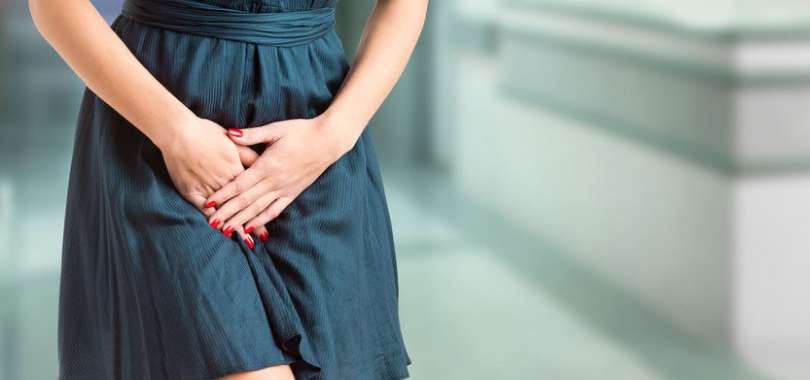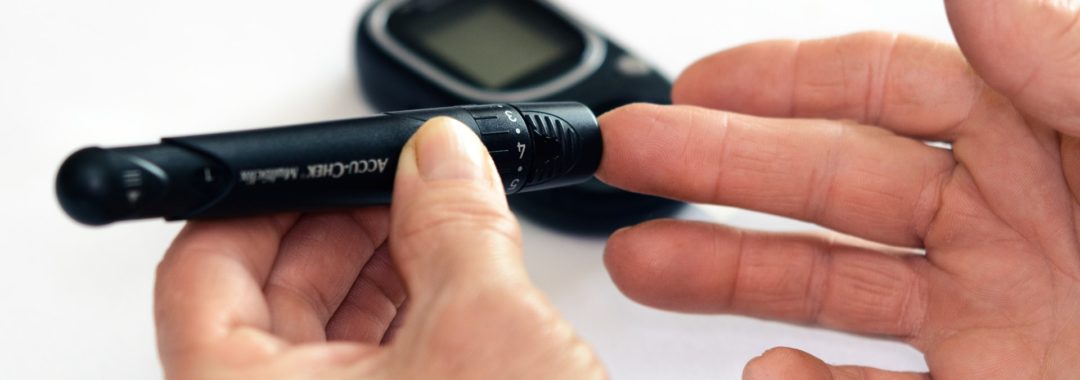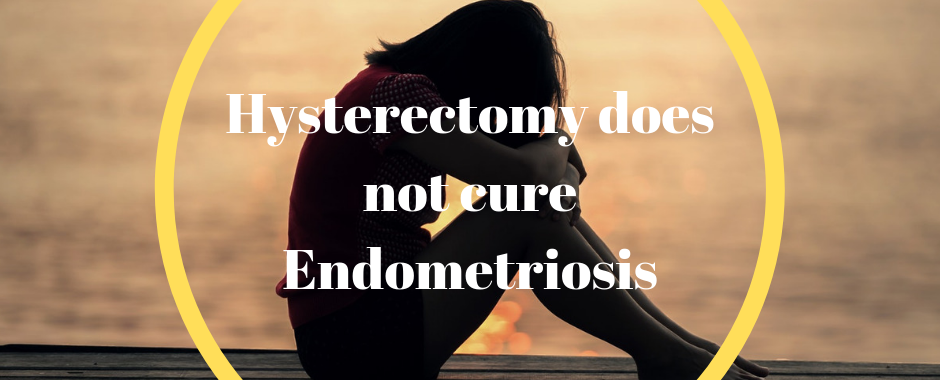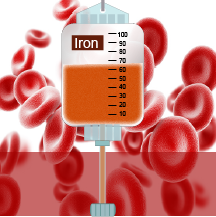Most people suffer from stress at some point in their lives. There is good stress and there is bad stress and how people cope with these stresses in different for each and every individual. It is all about how you cope with it. Showing signs of stress does not mean that you are a weak person, just human like everybody else.
But, the word stress is probably not used correctly at times. Many people are actually suffering anxiety, or running on adrenalin and then say they are stressed .The word stress is such a broad term. These days the word stress probably means either you have anxiety, or you are busy being busy.
What do we now define as stress?
Stress is the description used for strain, pressure or force on a system. That system may be you. Stress can be the result of trivial annoyances like driving in heavy traffic, or a life-altering major crisis such as the death of a loved one. Stress can also be someone being busy, or someone running on adrenalin too much. Like I said before, stress could also be someone who is suffering from anxiety and then terms it as stress.
Stress can be used both to refer to the event that is causing the disturbance or the effects of that event on your body. Usually when we say we are feeling stressed we are talking about the symptoms caused by our body’s stress response.
There are different forms of stress
There is no doubt that there are different forms of stress and probably the biggest issue for people these days is actually realising that their body is in distress. It is that constant low grade stress that affects so many people and causes so many issues in the body. That low grade stress is the one that eventually catches up with people and can sometimes have very detrimental effects.
Stress can be a cause of many health issues
The one thing we know for sure is that stress is a cause of a lot of our health issues, immune system issues, reproductive issues, gynaecological issues, mental health issues, respiratory and cardiovascular issues, sleep issues and so on.
Nobody is born stressed, or is predisposed to being stress. It is a learnt behaviour that can be unlearnt and that is why seeing someone to help with coping strategies around stress is so important. There are also supplements and medicines that can help to deal with stress more effectively too.
What are the Symptoms and effects of stress?
Some of the symptoms and health problems that can be caused or exacerbated by high levels of ongoing stress include:
- migraine or tension-induced headaches;
- insomnia, fitful sleeping or nightmares;
- anxiety, anger or irritability;
- low, irritable or unstable mood;
- memory lapses;
- shoulder, neck or back pain;
- fatigue;
- rapid heartbeat;
- high blood pressure;
- skin eruptions and worsening of conditions such as eczema;
- heartburn, nausea (feeling sick), diarrhoea or constipation;
- reduced libido;
- shortness of breath;
- problems with your immune system;
- heart disease; and
- chronic pain.
Like I mentioned before, stress can also affect the reproductive system, cardiovascular system, nervous system, immune system and so much more.
How stress affects your body
At the first sign of alarm, certain sensory nerves in your body are stimulated and hormones are released that automatically trigger physical reactions to stress. Your heart rate increases, blood is diverted to your muscles and brain, breathing rate increases, digestion slows down, saliva production stops (your mouth feels dry), perspiration increases and your pupils widen. You feel tense, you startle easily and your attention narrows to focus on possible threats.
This is the ‘fight or flight’ phenomenon, which makes your body tense, alert, and ready for action. After this reaction to a real or perceived threat, your body stays on alert until you feel the danger has passed. When the stressor is gone, the brain signals an ‘all clear’, and your body gradually returns to normal.
While some short-term stress is thought to be good for you, pushing you to make that extra effort in a sporting event or game, chronic or long-term stress can be harmful to your health. This kind of stress is when you feel under constant, intense pressure, or you just cannot see a way out of a terrible situation. The problem for some people is that they do not realise they are stressed, or they actually have anxiety, and their body is in the state of constant adrenal overload that eventually catches up with them and their whole body shuts down completely. We see this with adrenal fatigue and chronic fatigue
Dealing with stress
Dealing with stress effectively can be complicated, but usually involves:
- general measures to improve your overall wellbeing; and
- learning coping skills and setting healthy boundaries
- specific steps to deal with stress and particular challenging situations.
- learning what your triggers may be
- learning ways to deal with stress and how to be more relaxed
It is about getting coping skills to deal with the body having to deal with stress, or at point of perceived crisis.
The word that we term “Stress” commonly results when you feel your resources — for example, time, money or skills — are insufficient to deal with your responsibilities. Take check of what is causing you stress and where you examine your demands and resources can be a useful first step in dealing with stress. There is where the practice of mindfulness is very useful and also talking to a counsellor/psychologist can help you identify triggers for stress and have coping skills to deal with stress.
Problem solving techniques and coping skills may help you with problems and issues creating stress. You may also need to work on limiting your obligations, or asking for extra resources to help you cope with stress better. You may need to accept that there are times in life where you simply can’t do everything that others in your life, or you yourself are expecting.
One way to help deal with stress is to maintain a healthier mind and body. Here are some of the things you can do to deal with stress better.
Ways to Deal With Stress Better
- Regular exercise to help with stress and tension in the body. It also helps with moods.
- Make sure you get at least 1-4 hours “You” time per week. Treat yourself to sufficient relaxation time so that you can switch off from you daily routine. This will help to give you a refreshed and energetic outlook on life. Learn yoga, meditation or other relaxation exercises such as mindfulness. There are some great mindfulness courses available now.
- Make sure you get enough sleep. Melatonin is the hormone that helps you sleep and lack of sleep and stress depletes it. Lack of sleep also puts the body into distress.
- Maintain a balanced diet. Without a balanced and health diet, your body will have inflammation and this will cause stress and disharmony in the body too.
- Learn to accept what you cannot change but also learn to be more assertive, especially if you are one of those people who always say ‘yes’. Healthy boundaries are so important. Assertiveness training, setting clear boundaries and learning to say no can be very helpful in avoiding overload.
- Make sure you do something that you love at least 1-2 times per week. Spend time with people you enjoy seeing, listening to music, playing sport, reading a book, watching a funny movie, gardening etc.
- Talk therapy and coping skills: Talk therapy with a trained professional that can help you deal with stress and help you with coping skills is very important.
- Avoid the use of drugs or alcohol as a means of coping with stress.
- Acupuncture and Chinese Medicine can help with stress and studies have shown that it is as effective as some medication and equal to talk therapy in its effect. ( http://doi.org/10.1371/journal.pumed.1001518)
- There are natural medicines that may assist you deal with the effects of stress and please talk to a qualified healthcare professional how best these can help and what to use. Do not self prescribe ever.
How do I know if I need help?
Many people think that they can deal with stress on their own, but the truth is it is better to get a trained professional to help you deal with it properly. This way you commit to actively doing something too and you are also learning coping skills at the same time. You should consider seeking help if:
- you constantly worry and have trouble concentrating;
- you feel a lot of guilt;
- your sleep, energy and motivation is poor;
- you can’t be bothered doing things anymore;
- you experience several of the physical symptoms associated with stress;
- you recognise that you are turning to self-destructive behaviours for temporary relief;
- everything and everybody around you is being affected by the way you feel; or
- you feel as though there’s nowhere to turn.
- Friends keep telling you that you look stressed, or look like you need to slow down
There are qualified professionals who can help you with dealing with stress. It is important that you do see the right person to help you and your individual situation. You can always speak to your doctor or healthcare practitioner and ask them for a referral to someone. There are also mindfulness courses and relaxation courses you can do also. Exercise it important and again, it is a good idea help from a professional to get started and keep going.
Please take the risk of burnout and running on Adrenalin tests below and see how you are fairing (see below)
Take care
Regards
Andrew Orr
-No Stone Left Unturned
-Women’s and Men’s Health Advocate
Risk of Burnout Challenge
- Do you feel let down by other people around you?
- Are you too busy for close friends and family?
- Are you too busy to do even routine things like send out thank-you notes, return phone calls or mail birthday cards?
- Do you tire more easily than you used to?
- Are you working harder but accomplishing less?
- Are you increasingly cynical and disenchanted?
- Are you often invaded by a sadness that you can’t explain?
- Do you forget appointments, deadlines, possessions?
- Are you increasingly irritable? More short tempered?
- Does you body ache or are you having trouble shaking a cold?
- Are you finding it harder to be happy and joyful?
- Have you lost your sense of humour?
- Have you lost interest in sex or have a low libido?
- Are you less talkative than you used to be?
- Do you think of work all the time, even at rest?
- Do you find it hard to say ‘no’ to people or things that require your own personal time?
- Do you take time-out for others but do not take time-out for yourself?
Your score
To find your total , add up your “yes” answers.
(0 – 5) >> Cruising along nicely
(5 – 10) >> Borderline burnout
(10 – 17) >> Burnout candidate
Running on Adrenalin Challenge
- I feel there isn’t enough time in the day to do all the things need to do.
- I speak more quickly than other people, even finishing their sentences for them.
- My relatives and friends say I eat too quickly.
- I would rather win than enjoy a game.
- I am very competitive at work, sports or games.
- I tend to be bossy and dominate others.
- I prefer to lead than follow.
- I feel pressed for time even when I’m not doing something important.
- I become more impatient when I have to wait for something or when I’m interrupted.
- I tend to make decisions quickly and compulsively.
- I take on more than I can accomplish.
- I become irritable and even angry, more than other people.
- I feel a strong compulsion to be doing something while at home or even on holidays.
- I fidget often and become restless, pacing, leg kicking, or fast gum chewing.
- I get a vague sense of depression whenever I stop an activity.
- I have forgotten how to, or don’t know, how to relax.
Score description
0 – This does not apply to me
1 – This statement applies to me less than once per month
2 – This statement applies to me on a regular basis
Total score
Out of a possible score of 32 you would have fallen into one of the 4 following categories…
(0 – 10) >> Relaxed
(10 – 15) >> Typical
(15 – 20) >> On the edge
(20 +) >> Adrenalin Junkie!












